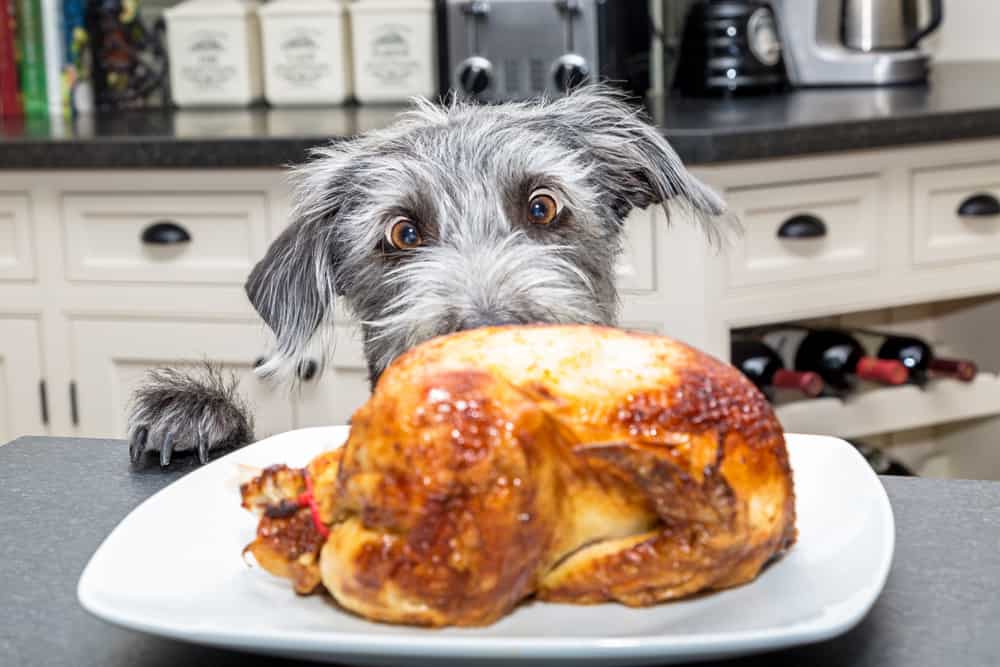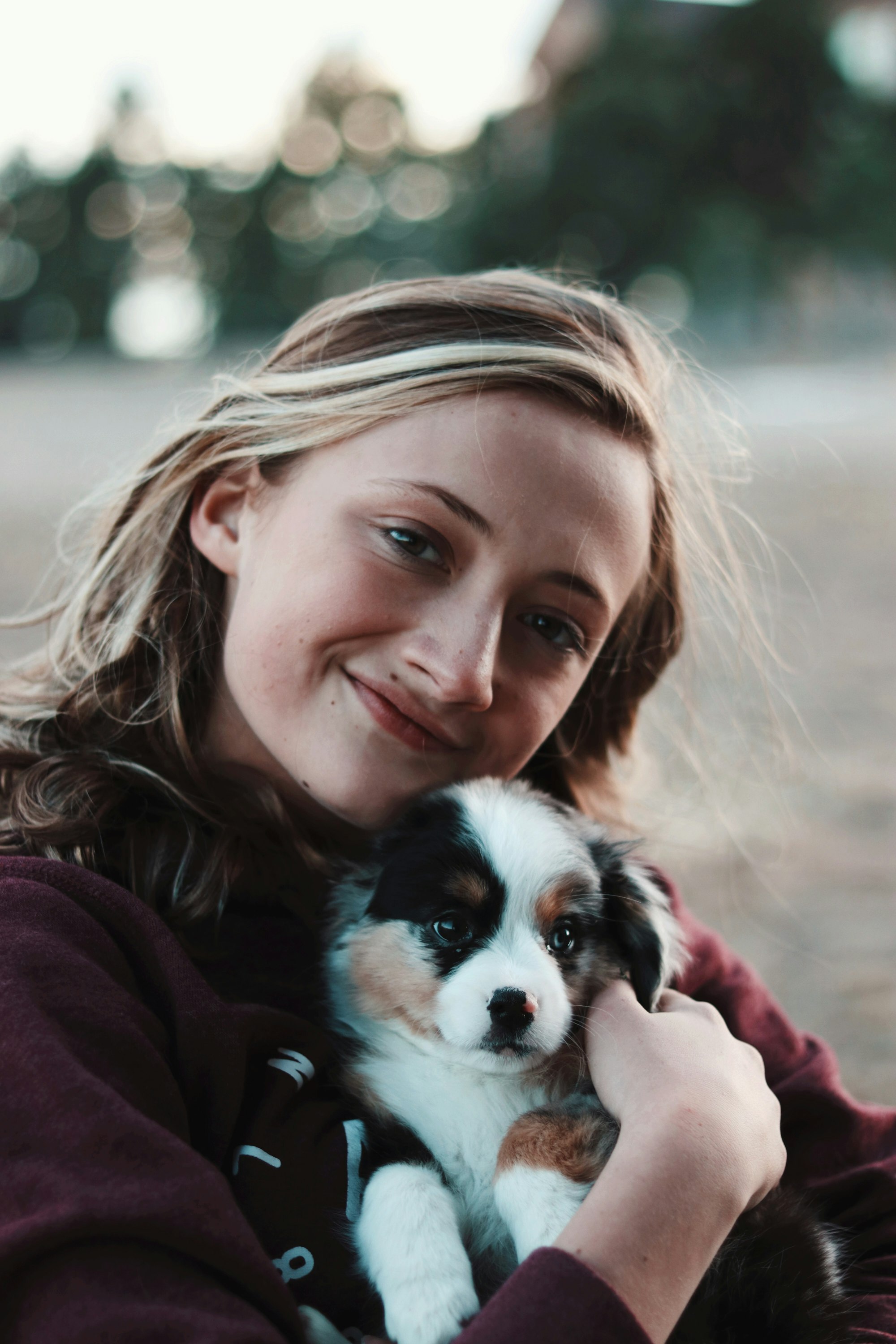Taking your dog on outdoor adventures often comes with the unwanted souvenir of burrs tangled in their fur. These pesky hitchhikers can be not only uncomfortable but also challenging to remove without causing distress or harm to your pet. Whether your furry friend has had a run-in with a few burrs or seems to have rolled in an entire patch, knowing the right techniques and tools can be a game-changer. In this guide, we'll explore the top methods to safely and efficiently remove burrs from a dog's fur, ensuring their comfort and maintaining the health of their coat.
The Encounter with Burrs: A Quick Background
Taking a leisurely stroll through the woods or a romp in the meadow with your canine companion often invites a common yet frustrating issue: burrs entangling themselves in your dog’s fur. Burrs, the seed pods of various plants, are designed by nature to hitch a ride on passersby, ensuring the spread of their seeds over a broader area.
For our four-legged friends, this ingenious plant reproduction strategy translates to a mess of sticky, spiky pods tangled tightly in their coat. Depending on the fur type and length, removing these stubborn travelers can range from a mild inconvenience to a challenging ordeal.
Understanding the nature of burrs and their affinity for latching onto anything that moves can better equip pet owners in preventing and dealing with these unwelcome tagalongs during outdoor escapades. Let's delve into top-notch methods that safeguard your pet's comfort and coat integrity during the burr removal process.
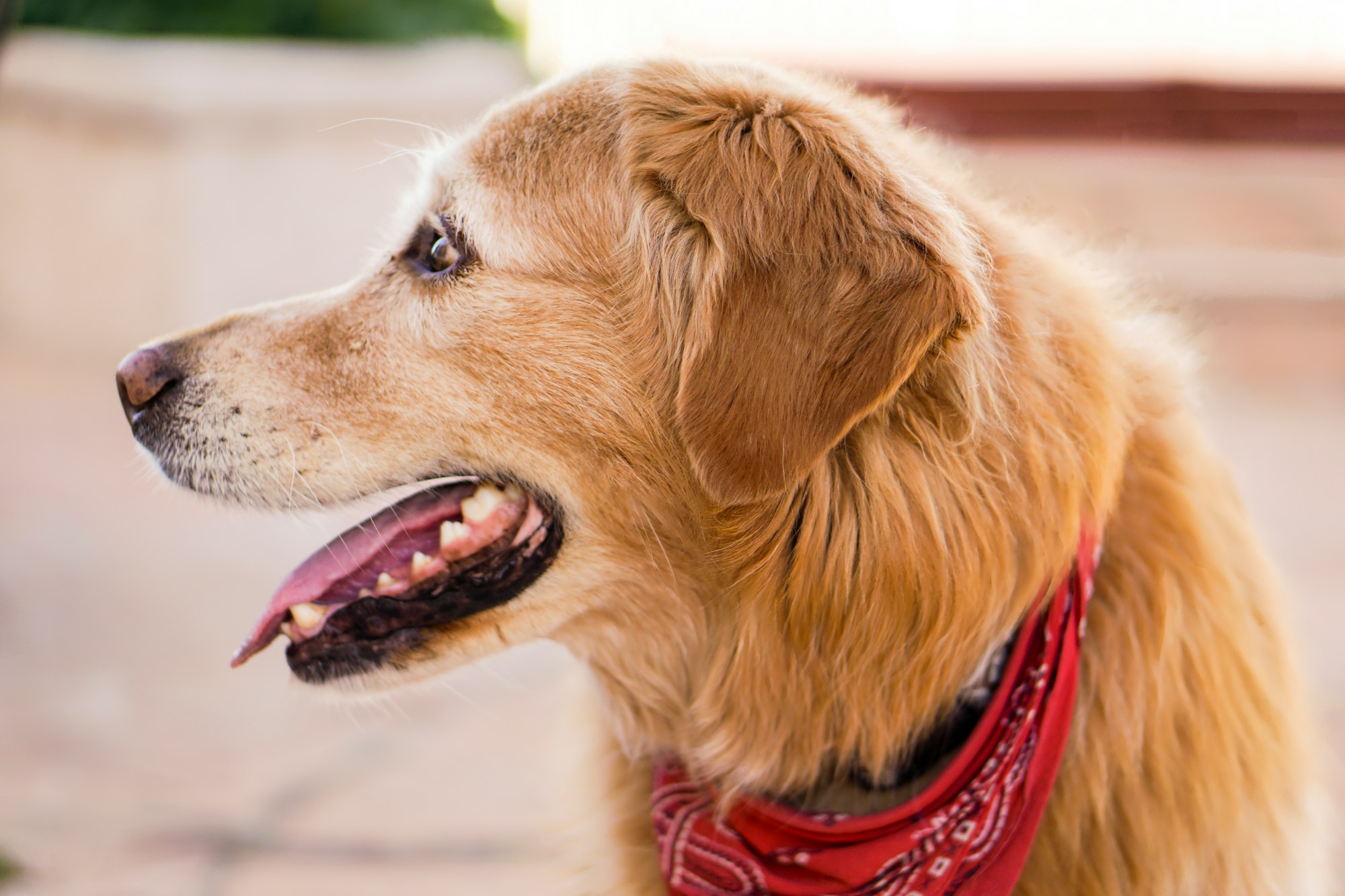
Why Should You Remove Burrs Quickly?
Addressing the invasion of burrs in your dog's coat isn’t just a matter of aesthetics or preventing matting - it's also crucial for their comfort and health. Burrs, with their tenacious, prickly design, can embed themselves into your dog's fur, sometimes reaching the skin where they can cause irritation or even injury with their sharp edges.
If left unaddressed, these burrs can lead to tangled and matted fur, which is not only painful to untangle but can also harbor dirt, bacteria, and parasites, thus posing an increased risk of infection. Moreover, burrs located near a dog’s eyes, ears, or mouth can be particularly hazardous, potentially leading to impaired vision, hearing, or ingestion of the burrs.
Ensuring prompt removal of these pesky plant particles not only ensures that your pet remains presentable but also happy, healthy, and free from the discomfort and potential health issues associated with burr entanglement.
Tools for Removing Burrs: Know Your Arsenal
Embarking on the task of removing burrs from your dog's fur calls for a collection of suitable tools to make the process efficient, safe, and stress-free for both you and your furry friend. An understanding of the arsenal at your disposal can be pivotal in transforming a potentially tedious and uncomfortable process into a smooth, manageable one. Some essential tools in burr removal include:
- Grooming Brushes and Combs: A wide-tooth comb or a slicker brush can gently loosen and extract burrs while minimizing any pulling or discomfort.
- Grooming Gloves: These can be particularly helpful to softly remove burrs while simultaneously providing a soothing petting experience for your dog.
- Scissors: Blunt-nosed safety scissors might be necessary for cutting away burrs that are tightly entwined in the fur without risking injury to the skin.
- Detangling Spray: Formulated to loosen tangles, a good detangling spray can provide additional aid in gently freeing stubborn burrs without causing distress to your dog.
- Treats: Never underestimate the power of positive reinforcement. Having treats on hand to reward patience and cooperation during the removal process can be indispensable.
Equipping yourself with the appropriate tools and incorporating them effectively into your burr-removal strategy not only ensures that the task is executed promptly but also ensures that it’s done with the utmost regard for your dog’s physical and emotional well-being.
Top Methods to Remove Those Pesky Burrs
Navigating through the tangle of burrs and ensuring your dog's comfort can be a task, but employing effective strategies and methods makes the process smoother. Here are some reliable techniques:
Method 1: The Manual Way - Gentle Untangling
Ensuring your hands are protected with gloves, begin by isolating the section of fur entwined with the burr to prevent causing any tangles elsewhere. Employing a gentle touch, try to tease apart the fur encased around the burr, always being mindful of your pet’s comfort and any signs of stress or discomfort. Many times, soft and patient manipulation can coax the burr to loosen its grip, allowing for a straightforward removal without distressing your friend.
Method 2: The Combing Technique - Steady and Cautious
When confronted with more tightly interwoven burrs, adopting a cautious approach with a comb can be beneficial. With a gentle hand, secure the fur close to your pet's skin, providing a stable base to avoid any painful pulling. Slowly, using a comb with appropriate spacing between the teeth, navigate through the entanglement, working to gradually free the burr from its furry prison. Consistent, gentle pressure, and repetitive strokes often yield success, freeing the fur from the intrusive burr without causing pain to your pet.
Method 3: The Utilization of Oils and Creams - Softening the Situation
Some dog owners find solace in employing lubricants, like vegetable oil or a specially formulated, dog-friendly conditioner, to ease the removal process. Begin by applying a conservative amount of oil or conditioner to the area surrounding the burr, ensuring thorough saturation of the entwined fur. Allowing a few moments for the solution to penetrate and soften the fur and burr can facilitate a notably easier removal. Following this, utilizing a comb, proceed to gently work through the softened tangle, releasing the burr with minimized resistance and maximizing comfort for your pet.
Each method advocates for a patient, gentle approach, prioritizing your dog’s comfort and well-being throughout the burr-removal process. Always stay attentive to your pet’s demeanor, offering reassuring pets and treats to maintain a positive, stress-free experience, ensuring they remain calm and cooperative in future grooming sessions.
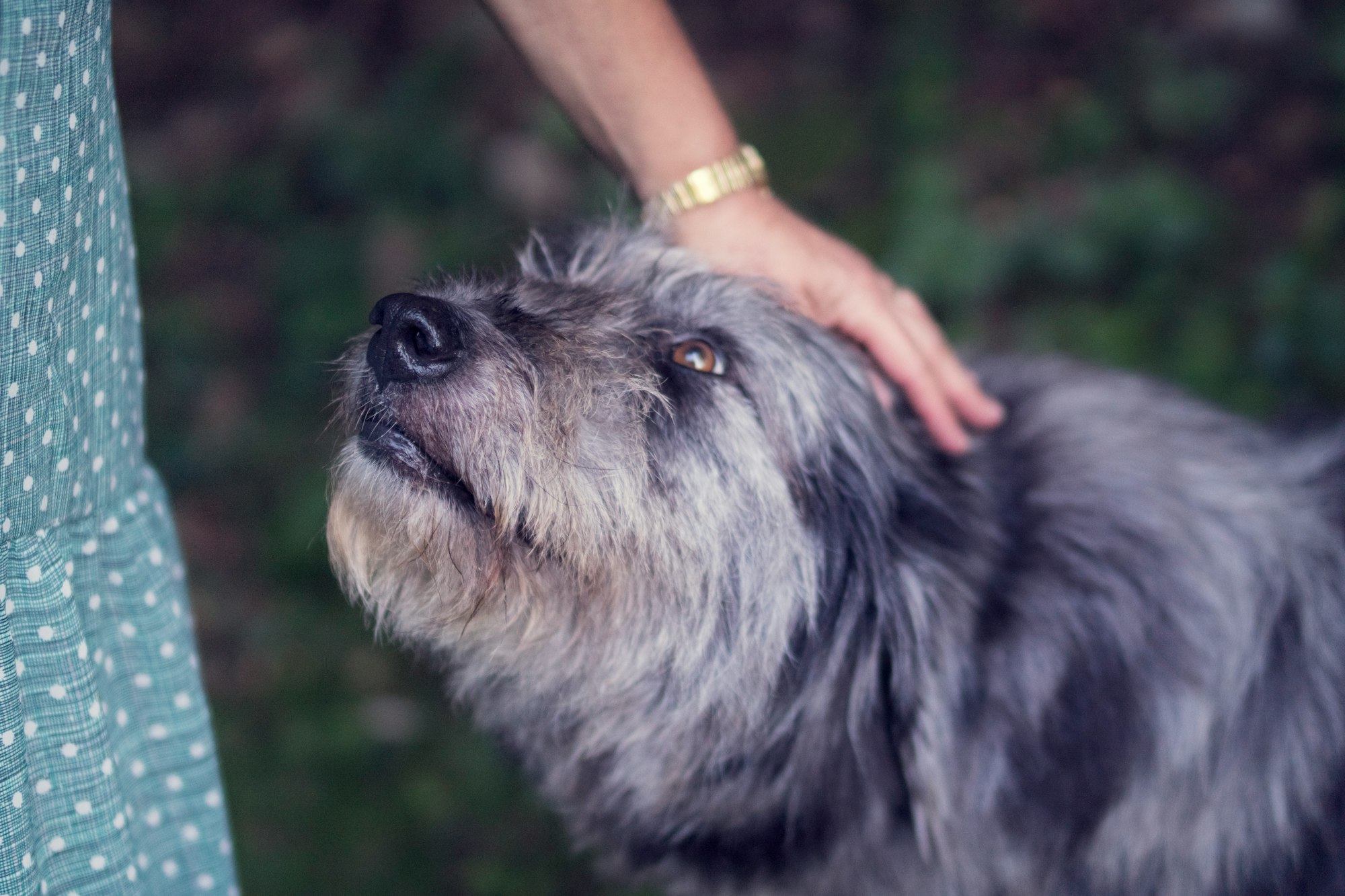
The ‘Cornstarch’ Trick
Daisy, a fluffy Maltese, had her run-ins with burrs too. Her owner, Greg, vouched for cornstarch as the solution. "I sprinkle a bit of cornstarch around the burr, and it acts like a dry lubricant. With gentle combing, it's out in no time," he explained.
The Persistent Burrs of Rocky, the Rottweiler
Rocky, a hefty Rottweiler with a deep black coat, was a burr magnet. His escapades in the forest trails often led to not one, but multiple burrs stuck on him. "The first time, I tried combing them out, but the more I tried, the more they seemed to multiply," laughed Lisa, Rocky's owner. "I learned that patience is the key. Instead of tugging, I'd isolate each burr, use a bit of vegetable oil, let it sit, and then gently remove it."
Lessons from the Dog Park
Turns out, the local dog park was a hub not just for play but also for sharing burr removal tactics. Conversations often revolved around how to remove burrs from a dog's fur. From the effectiveness of commercial detangling products to home remedies and preventive measures, the dog park was a treasure trove of knowledge.
A Vet's Advice
Dr. Carter, a vet who frequents the park with his Labrador, Charlie, always emphasized the importance of post-removal care. "Once you've managed to get rid of the burrs, ensure you check your dog's skin for any signs of irritation or redness. A gentle bath with a soothing shampoo can help remove any residue and keep the fur soft."
Murphy’s Day Out
Murphy, a mischievous Beagle, once came into Lydia's salon looking more like a burr bush than a dog. "I hadn't seen anything like it," Lydia recalled with a chuckle. "His adventurous day in the fields had turned him into a burr magnet." Armed with her tools and years of experience, Lydia spent hours ensuring Murphy was burr-free. The lesson? "Always scout the areas you let your dog play in. A few minutes of inspection can save hours of grooming."
The Case of the Missing Burrs
An incident that everyone at "Paws & Shine" remembered was when Luna, a graceful Afghan Hound, came in with her long, silky fur seemingly clear but feeling lumpy. As Lydia combed through, she found tiny, almost invisible burrs deeply embedded. These burrs were so tiny they went unnoticed by Luna's owner. "It's not just the big, visible burrs you need to look out for," Lydia advised. "Sometimes, the smallest ones can cause the most discomfort."
Essential Burr-Removal Tools Every Owner Should Have
Lydia always had a list of recommendations for pet owners to tackle the burr issue:
Tweezers
For those tiny burrs that fingers or combs can't grip.
A Good Quality Fine-toothed Comb
Investing in a durable, fine-toothed comb can make a world of difference.
Dog-Friendly Wipes
For a quick cleanup post-burr removal to ensure no residues are left behind.
Groomer's Secret: Patience and Love
Beyond tools and techniques, Lydia emphasized the importance of the bond between the dog and its owner. "When you're trying to figure out how to remove burrs from a dog's fur, approach the task with love and patience. Your pet senses your emotions. If you're calm and reassuring, the process becomes infinitely smoother."

Looking Ahead: Burr-Free Days
With every shared story and learned method, the dream of burr-free days doesn't seem far-fetched. And while the journey of removing burrs from a dog's fur continues, it's these collective tales of love, care, and community that truly make a difference.
So, next time your furry friend has a close encounter with a burr, remember: you're not alone in this. There's a whole community of pet owners, groomers, and vets ready with advice, comfort, and the occasional humorous anecdote to make the process a little lighter.
Embracing Nature with Awareness
While burrs can be a menace, they are, after all, a part of nature's design. As pet owners, it's about balancing our dogs' love for the outdoors with the knowledge and skills to keep them comfortable. But amidst the burr battles, there are heartwarming stories of connection, innovation, and community spirit.
The Burr Barrier Jacket
Emma, a crafty dog mom to a Cocker Spaniel named Toby, designed what she playfully called the "Burr Barrier Jacket". Made of a smooth, slippery material, the jacket made it hard for burrs to latch onto Toby during their woodland walks. The prototype soon gained popularity, with several other dog parents requesting one for their pets.
Lessons from the Elders
It's often said that old wisdom can offer new insights. Martha, an 80-year-old dog lover and owner of a Dachshund named Olly, reminisced about the old days. "We didn't have all these fancy products back then," she mused. "We relied on observation. By understanding where burrs thrived, we'd simply avoid those patches during our walks."
Her simple yet effective strategy served as a reminder that sometimes, the best solutions are rooted in understanding and awareness.
Building a Burr-Savvy Community
The recurring issue of burrs entangling in canine fur sparked the creation of "Burr Talks," a monthly gathering held at the local community center. This initiative became a haven where dog owners converge to dissect and discuss the perennial problem of burrs. Participants share a plethora of solutions, from innovative prevention methods to DIY remedies, all aimed at tackling burr entanglements effectively.
Moreover, "Burr Talks" transcends pragmatic advice, weaving together a tapestry of shared adventures, mischiefs, and cherished moments between owners and their pets. The forum not only serves as a resource pool of burr-management strategies but also blossoms into a heartfelt community, where shared challenges and love for their pets bind individuals together, forming a robust network of support and camaraderie among local dog enthusiasts.
Knowledge Sharing: Vet Workshops
Dr. Carter, the friendly neighborhood vet, began conducting workshops at "Burr Talks", teaching dog owners how to identify signs of skin irritation, the right way to use tools for burr removal, and the importance of aftercare.
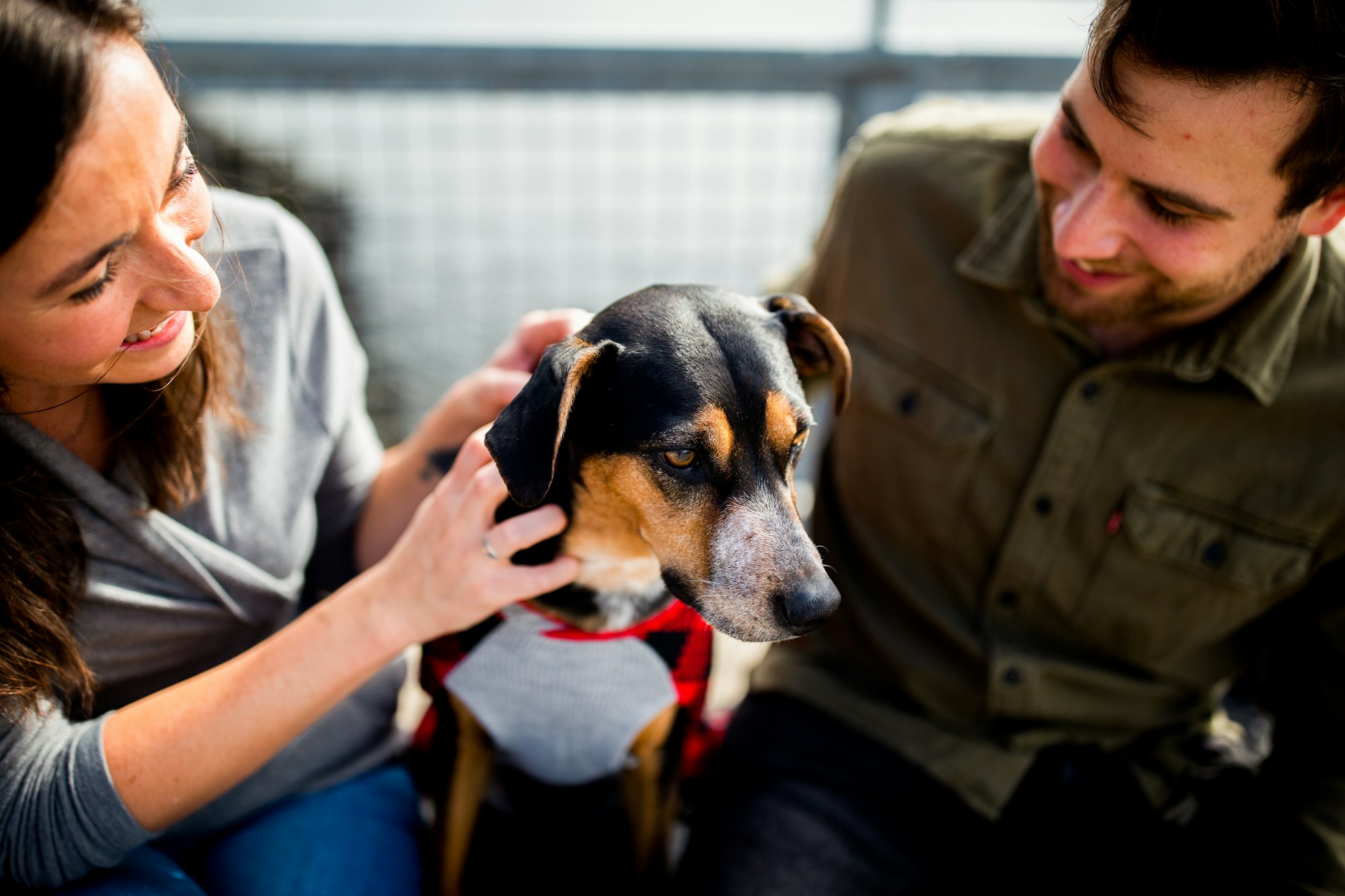
Paw-sitive Change: The Burr Movement
While the community had amassed an impressive array of tactics to combat the burr issue, a new thought began to emerge: what if, instead of just reacting, there was a proactive movement to reduce the prevalence of these troublesome plants in popular dog-walking areas?
The Power of Unity
The first clean-up saw a modest turnout, but as word spread, numbers grew. Families, kids, and even local schools started participating. It became more than just a clean-up; it was a community day out — a day of unity, laughter, picnics, and of course, lots of playful dogs enjoying the outdoors.
Educating the Next Generation
Local schools, seeing the positive impact of the initiative, introduced "Nature & Pets" sessions into their curriculum. Students were educated about the local flora, the significance of each plant, and how to coexist with nature while ensuring the safety of our furry friends.
Collaborating with Local Authorities
The consistent efforts of the community caught the attention of local authorities. They began collaborating, offering resources, and designating specific zones as "Dog-Friendly Areas," ensuring they were maintained with both nature and pets in mind.
The Rise of Burr-Free Products
Local entrepreneurs, seeing the challenge as an opportunity, started introducing products to the market. From burr-repellent sprays to innovative fur boots and even organic balms to soothe burr-affected areas, the market saw a surge in products aimed at making outdoor adventures more enjoyable for pets and their owners.
Conclusion:
Effectively managing and removing burrs from a dog's fur is an essential skill every pet owner should acquire, ensuring that the joys of outdoor adventures aren’t dampened by the subsequent grooming challenges. Through the application of various methods, from manual removal to utilizing combs and safe, pet-friendly substances, the ordeal of dealing with these stubborn hitchhikers can be significantly mitigated.
Not only does swift and gentle burr removal preserve the quality and health of your dog's coat, but it also safeguards their overall well-being and comfort. Whether it’s a gentle stroll through the woods or a spirited sprint across meadowy expanses, having the knowledge and tools to promptly address burr entanglements means your furry companion can continue to explore the world with unabated curiosity and joy.
Ultimately, a proactive approach, combined with the insights shared by a community of fellow dog lovers, ensures that your pet adventures remain boundlessly joyful and remarkably burr-free.
FAQs
- Why is it important to remove burrs from a dog's fur immediately?
- Burrs can cause discomfort, lead to matting, and potentially cause infections if they pierce the dog's skin. Early removal ensures the dog's well-being and comfort.
- What are some effective tools for removing burrs?
- Scissors, fine-toothed combs, tweezers, and detangling sprays are common tools. Additionally, vegetable oil or dog-friendly conditioner can help in easing out the burr.
- Are there DIY solutions to tackle burrs?
- Yes, cornstarch acts as a dry lubricant, and some pet owners use a mix of water and dog-friendly conditioner as a detangling spray. Creatively, "Burr Barrier Jackets" have also been crafted by pet owners.
- How can one prevent their dog from getting burrs?
- Regular grooming, avoiding burr-infested areas, and using protective gear like dog coats can help prevent burr entanglement.
- What sparked the community's "Great Burr Clean-Up" initiative?
- The community recognized the need for proactive measures in popular dog-walking areas, leading to monthly clean-ups to reduce the prevalence of troublesome plants producing burrs.
- How did local schools contribute to the burr issue?
- Schools introduced "Nature & Pets" sessions, educating students about local flora and teaching them to coexist with nature while ensuring pet safety.
- Were there any products introduced to address the burr problem?
- Yes, local entrepreneurs launched burr-repellent sprays, innovative fur boots, and organic balms to soothe burr-affected areas.
- What's the essence of the community's response to the burr challenge?
- The community's collaborative efforts, from shared stories to educational initiatives, emphasized harmonious coexistence with nature. The collective approach showcased the transformative power of community action.
- How did local authorities support the community's burr initiatives?
- They collaborated by offering resources and designating specific zones as "Dog-Friendly Areas" to ensure spaces were maintained with both nature and pets in mind.
